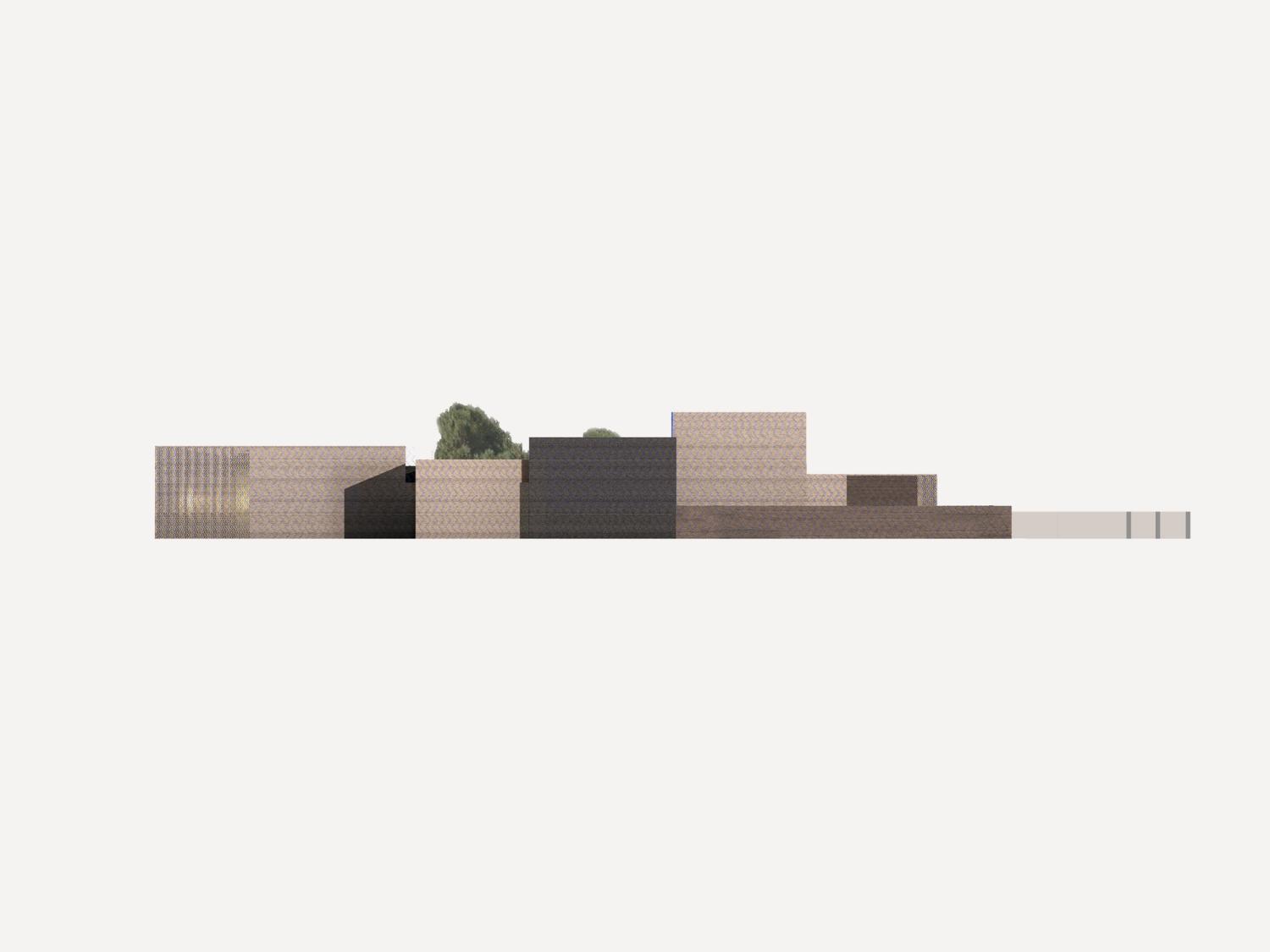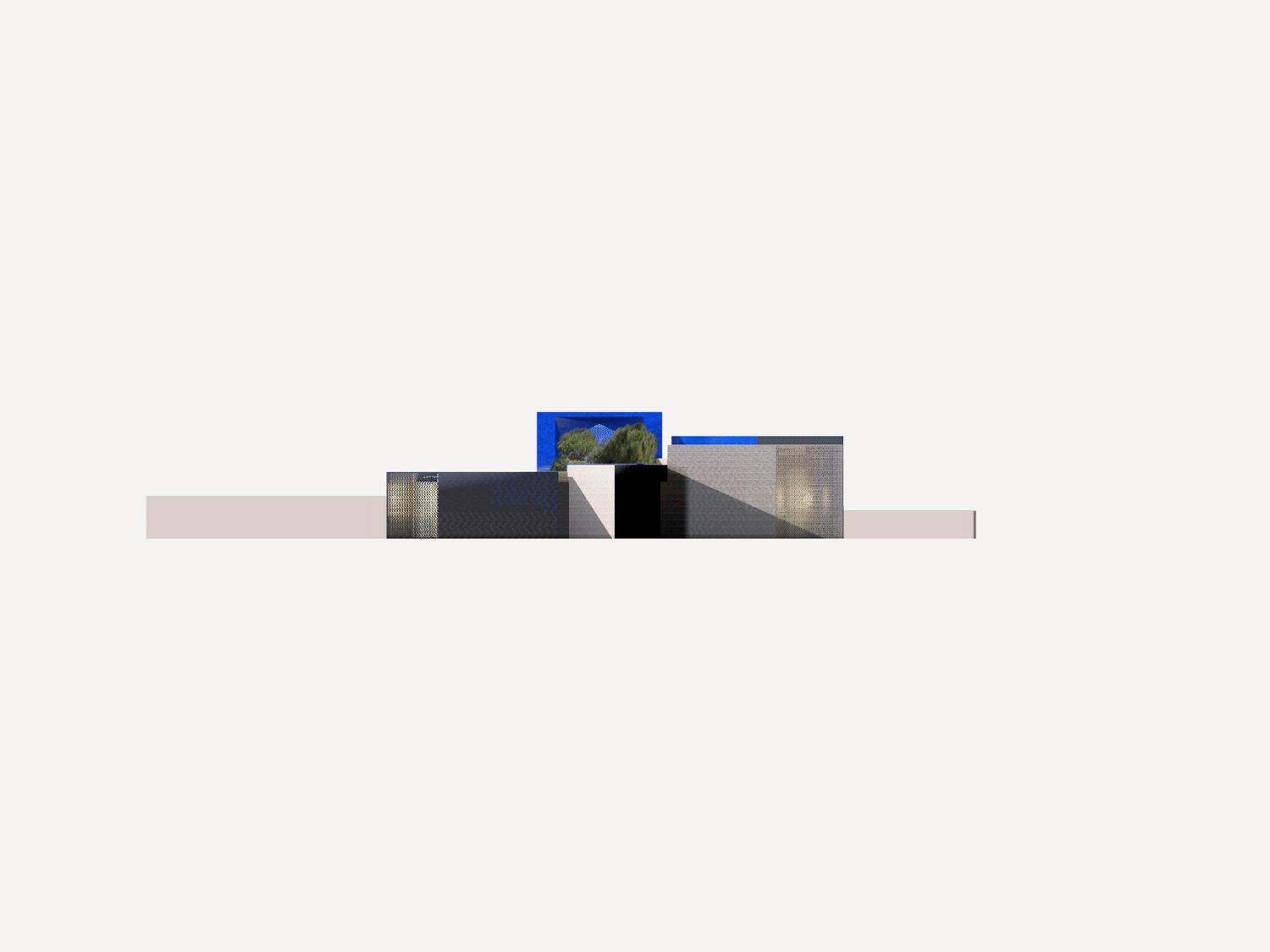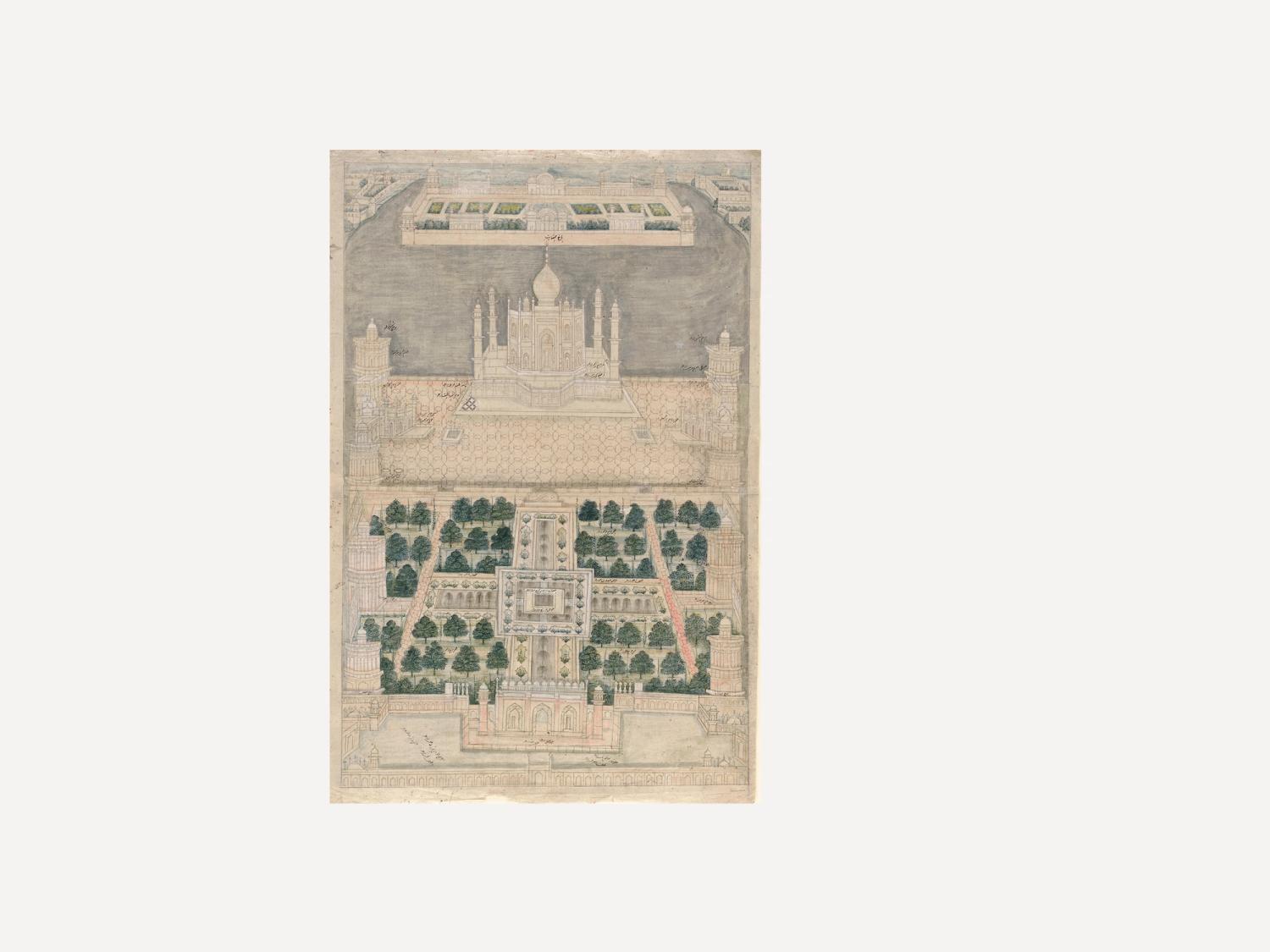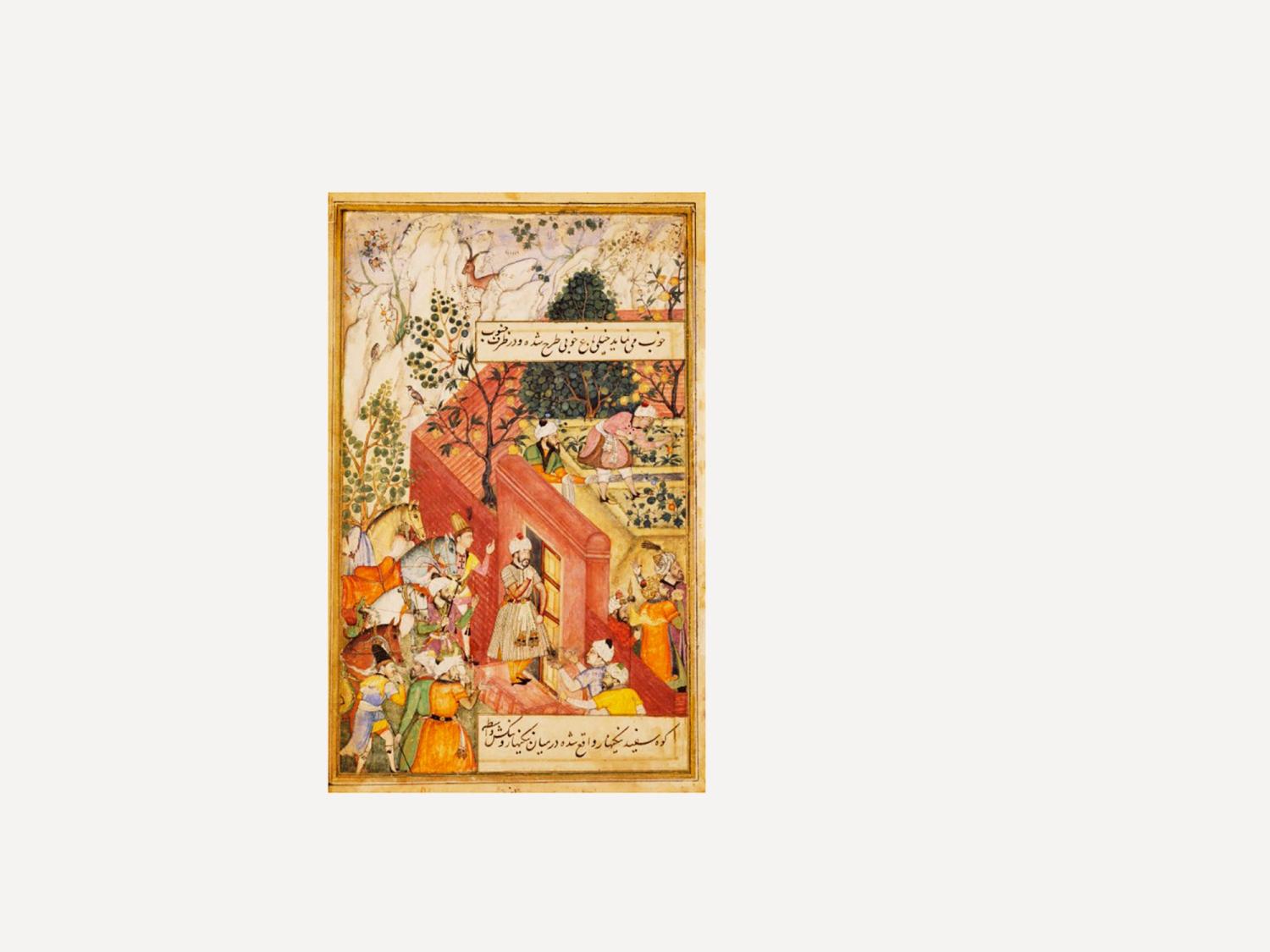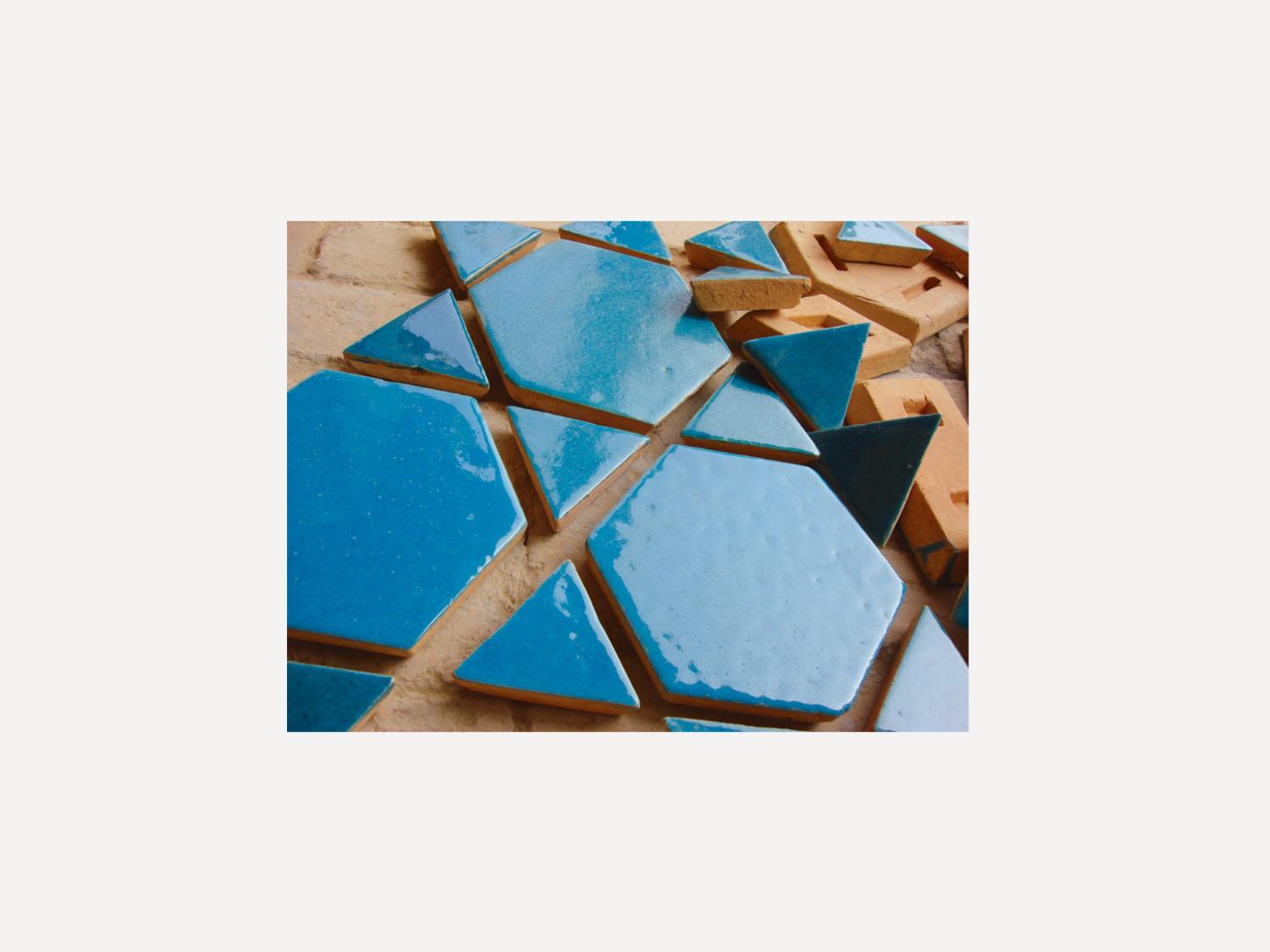National Museum of Afghanistan
Kabul, Afghanistan, 2012
At the centre of the design for the new National Museum of Afghanistan is a glowing crystalline glass box surrounded by delicate timber latticework screens, cradling a grove of Afghan pines like a precious hidden treasure at the heart of the building. The galleries that surround it and the treasures they contain are like a great star-shaped fortification on the axis of the site, composed from a traditional Islamic pattern and constructed using traditional Afghan materials and craftsmanship. Understood as a contemporary ‘caravanserai for culture’, the design offers a sense of protection to visitors and objects alike. Galleries pin-wheel from the central court, which acts as an axis-mundi. Shortlisted competition entry.
Competition Entry


